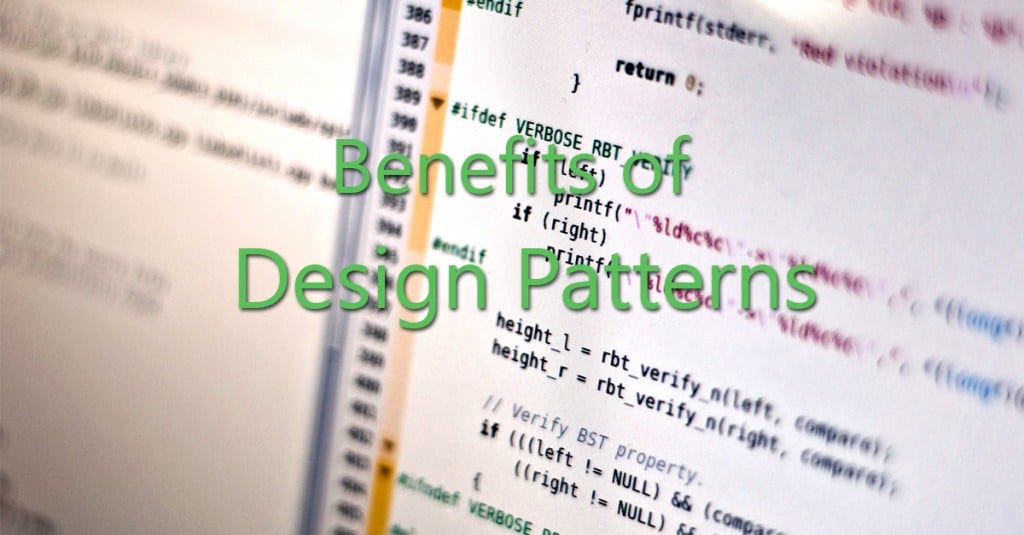Application developments is a tedious job. Programmers write code and test it again and again to make sure their software works fine. So designing complex software is a hard nut to crack. Skilled programmers do follow design patterns to make development fast. A design pattern is in fact, is a set of rule of conventions. These rules include a list of objects used in the application and an effective description of how these objects interrelate and interact with each other.
Developers face different problems and difficulty while planning and coding the applications .It may be possible that the problem you encounter now is encountered by another developer earlier. Design patterns allow you to exploit the experience of your predecessors.
These are benefits of using design pattern in software development:-
- Design patterns use object-oriented concepts like decomposition, inheritance and polymorphism.
- Design patterns make your lives easy as a programmer as these make possible you to get benefit from the experience and knowledge of your predecessors those have worked on the same type of project .Thus make it easy for further development of the applications.
- Appropriate design patterns used in development of applications make development fast and easily documented.
- The benefit of design patterns lies in reusability and extensibility of the already developed applications.
- Design patterns are more sophisticated and advance approaches than basic data structures such as arrays, linked lists, and binary trees.
- All design patterns use self-descriptive naming conventions and a design pattern based name of program objects captures a basic idea about the working and use of that particular object.
- Design pattern utilize descriptive words such as proxy, adapter, iterator, visitor, and command in the name of the objects.
- Design patterns improve software development process.
All Design patterns are built with objects. These objects are small and specialized ones. Functional responsibilities are varies from object to object. Big Objects delegate responsibility in a fashioned manner to smaller specialized objects. Objects those have little difference in functionality are broken and composed of smaller objects.
Five common design patterns with their benefits are listed as follows:-
- The singleton pattern is one of the simplest design patterns: it involves only one class which is responsible to instantiate itself, to make sure it creates not more than one instance; in the same time it provides a global point of access to that instance.
- The factory pattern uses factory methods to deal with the problem of creating objects. The Factory Method defines an interface for creating objects, but lets subclasses decide which classes to instantiate. Injection molding presses demonstrate this pattern.
- The Strategy design pattern is based on collecting the basic idea of complete application development at once. This design pattern allows you to identify the objects you need in development and interface you will require in the entire application development.
- The Observer design pattern is simply based on its name. It gives you liberty to describe an observed and observer relationship in the application. The rules and conventions for implementing an observed and observer class are written explicitly in this design pattern.
- The Cascading Bridge design pattern is a popular design pattern that describes seamless ways to implement classes. It helps developers while dealing with the API variability.
You can apply a particular design pattern that is best suit for specific software development. Design patterns give you knowledge of development tools. You can apply design patterns and experience an improvement in your software design, development, extensibility and reusability.










